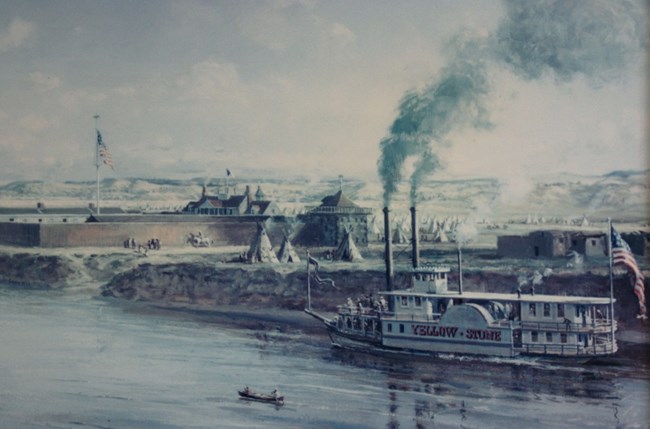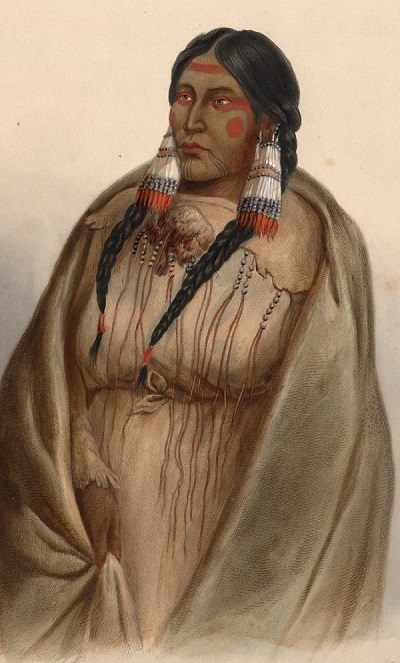"The Greatest Rascals in the World"
NPS The Deschamps were a Metis, or mixed-blood, family from the Red River Valley of southern Manitoba, Canada. Unlike most Metis, however, the Deschamps were a belligerent, violent, and lawless family. During the Battle of Seven Oaks in 1816, Francois Deschamps Sr., the family patriarch, shot and killed Robert Semple, the Governor of Rupert’s Land, the Hudson’s Bay Company–controlled British territory. At the time, Semple lay wounded on the battlefield. By 1827, the family had migrated to the Upper Missouri country. 
Library of Congress In October 1834, following a drunken celebration, one of the brothers killed Jack Ram Kipling, the 19-year-old son of a Fort Union hunter and interpreter. Bad blood between the Deschamps and Kiplings had existed for nearly two decades, a hatred Kipling’s son’s murder rekindled. Seven months later, Baptiste Gardipie, Kipling’s friend, became embroiled in the feud when Francois Jr. tried to purchase Gardipie’s American Indian wife for the price of a horse. Rebuffed by an angered Gardipie, Francois Jr. later sought to shoot him through an open window. To end the conflict in July 1835, Gardipie, Kipling’s two sons-in-law, and another AFC employee demanded that the Deschamps make peace or die. Francois Sr. swore he would never make peace. Filled with rage, Gardipie hit Francois Sr. with the butt of his musket and, drawing his knife, sliced open his abdomen. With his father dead, Francois Jr. begged for his life, promising peace. |
Last updated: April 24, 2021
